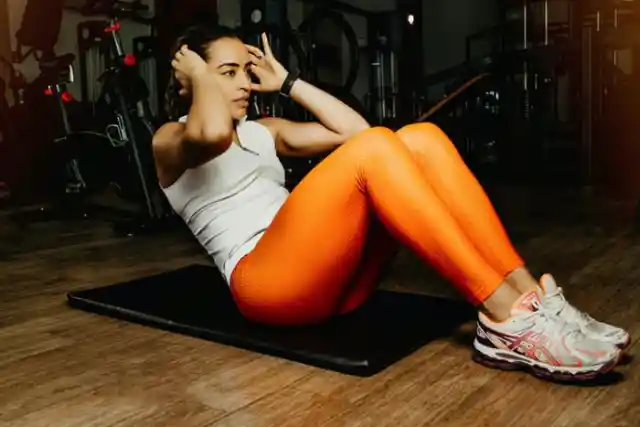Pain in the sciatic nerve can flow from the spine and reach the leg. Most people feel this pain on just one side of their body. Although medication can help in alleviating the symptoms, exercise therapy that is built to stretch the sciatic nerve and the surrounding muscles can also provide relief and can be a useful supplement to allopathic medicines. However, consult your doctor before doing any of these stretches, and let pain guide you. If any stretch aggravates the pain, don’t continue with it.
Nerve Mobilizing Stretch
Lie down on your back with your knees bent and a solid cushion or book placed under your head. Raise one knee in the direction of your chest by grasping above your knee (lower hamstring) using both hands. From this position, stretch your leg towards the ceiling. Stay in this position for 20-30 seconds and then, put the leg on the ground. Repeat the same steps and poses with the other leg.
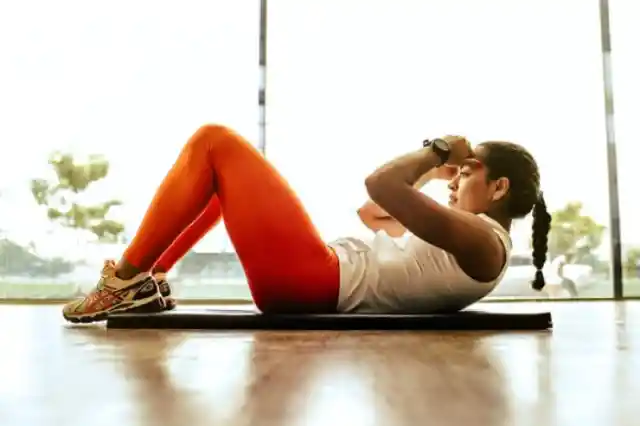

Low Lunge
Kneel on the ground and try to extend one leg to as far as it is able to go, placing the top of the foot on the ground. Elevate the knee of the other leg so that the thigh is in a parallel direction to the ground, with the shin perpendicular and the knee right over the ankle. Keep your spine straight and raise your arms until the head is framed by the biceps. Hold this position for about 20-30 seconds and then, shift back to the kneeling position. Move between both the legs and perform the exact same movement.
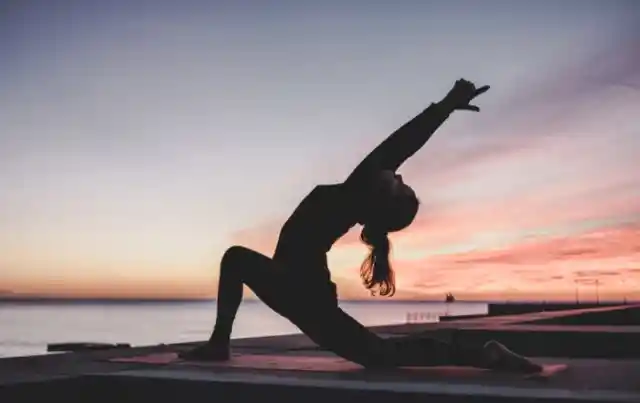
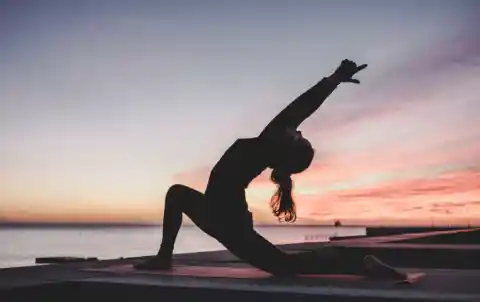
Pigeon Stretch
After being in an all-fours position, stretch one leg back, putting the top of the foot on the ground. On one exhale, carefully and slowly, move down the side of the forward leg’s shin to the ground to ensure that the knee is behind the same wrist and the ankle is placed behind the opposite wrist (at any point from being right behind to the heel touching the other thing – it depends on your level of flexibility). Let the front foot be in the flexed position and if you sense pain in your knee, you can either take the front foot slightly closer to the back thigh or elevate the front thigh and knee using the cushions. Stay on your hands or shift lower onto the forearms. Hold this position for 20-30 seconds, maintaining an even breathing process, and come back to all fours. Repeat the same procedure and poses on the other side as well.


Back Extension
Lie down on your stomach with your whole body stretched out straight but still in a relaxing state. Position your hands next to your head or below your shoulders. Keep your neck extended, looking straight in front, and raise your torso by giving a push to your hands downwards. Let your pelvis stay on the ground. Your upper arms should be kept at about a 45-degree angle from the ground, it depends on the flexibility of your back, and then, you will be able to feel a light stretch in the abdominal muscles. If you feel any sort of pinching in the lower back, reduce the back bend. Hold this for two seconds and move back to the prone position. Repeat the same movement 10 times.
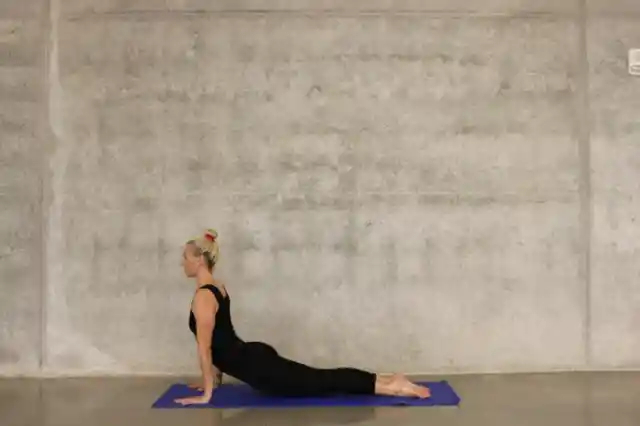

From Knee to Opposite Shoulder Stretch
Lie down flat on your back with your legs extended straight on the ground. Elevate one knee towards the chest and place the shin parallel to the ground. Hold the back of the elevated leg, gripping above the knee with both hands, or around the outside of the knee only if it’s convenient for you to reach there without straining your shoulders off the ground. Smoothly draw the knee towards the opposite shoulder, until you sense a stretch in the outer hip of the leg that’s bent. Stay in this position for 20 to 30 seconds, then release and repeat it all with the other leg.
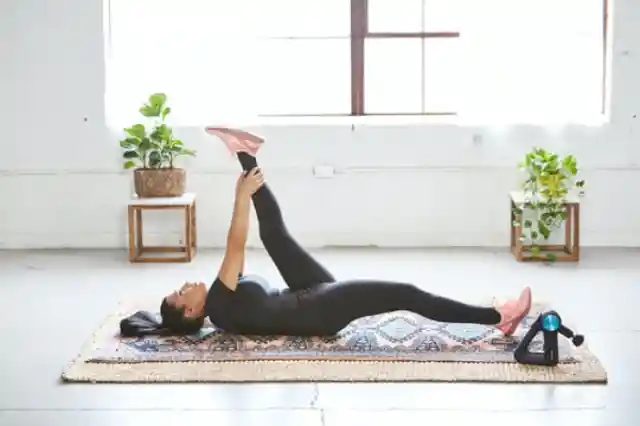
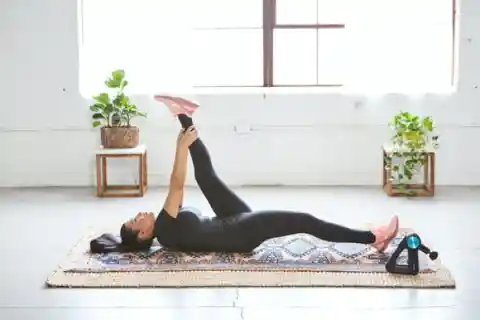
Easy Frog Pose
Begin by being on all fours. Widen your knees into a comfortable and convenient stretch, keeping the ankles on the same lines as the knees on both sides. With both shins still on the ground, go in a lower position to your forearms so that your weight rests on the arms and thighs evenly. Lower your forearms until your elbows touch the floor and the weight of your body falls on your arms and thighs. Hold this position for about 20 or 30 seconds and then, move back to being on all fours. Repeat this pose quite a few times.
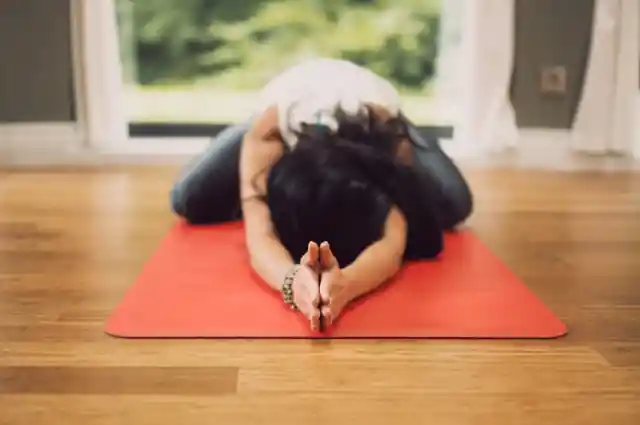
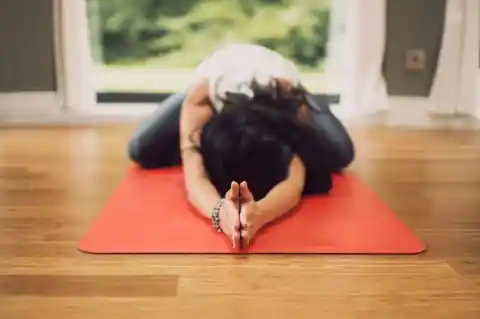
Hamstring Stretch
Stand straight and place a stable object at a height of almost one foot right in front of you. Elevate one leg and place it on this raised surface with your toes pointing in the upward direction and the leg held straight, but without locking the knee. Lean a bit forward over the raised leg but keep the spine straight. When you have reached as far as you could, take a deep breath and stay in the position for about 20-30 seconds. Repeat the procedure on the other side as well.
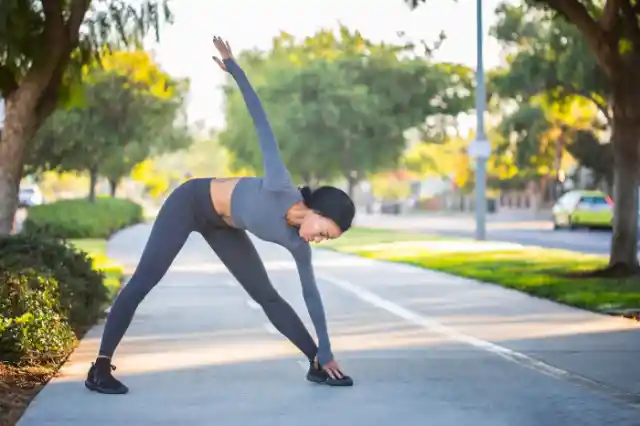
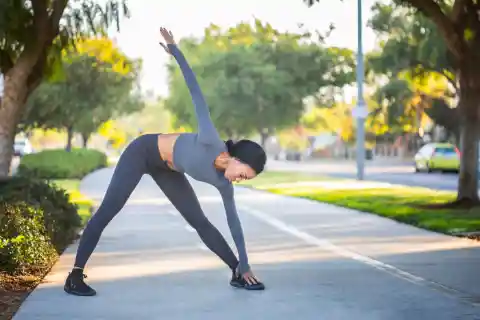
Deep Gluteal Stretch
Lie down flat on your back keeping your legs in a straight position. Bend one knee and put your foot in a flat position on the ground. Now, put the other ankle over the leg that’s bent, right above the knee. Clutch behind the knee of the bent leg and pull it in towards your chest to feel a stretching sensation on the outer thigh or the hip of the other leg. If this feels like a tough stretch and the shoulders tend to come off the ground, you can either leave the foot on the ground or support it on a block or the wall. Hold this position for 10 seconds while taking deep breaths and then, do it with the other leg.
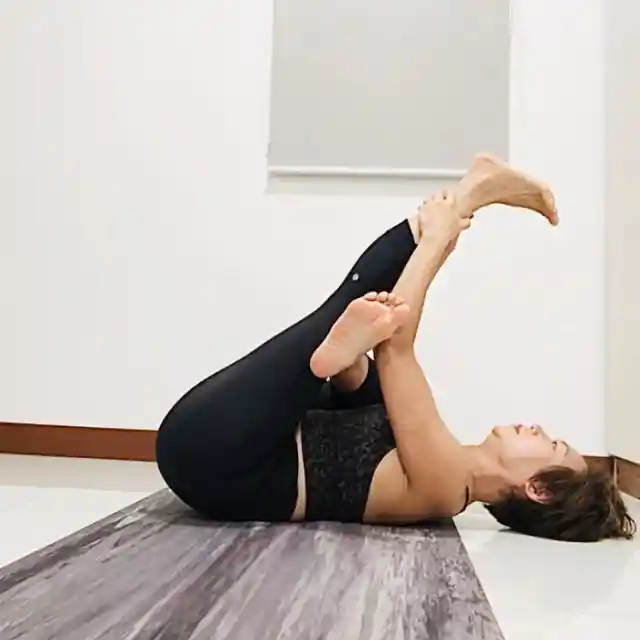
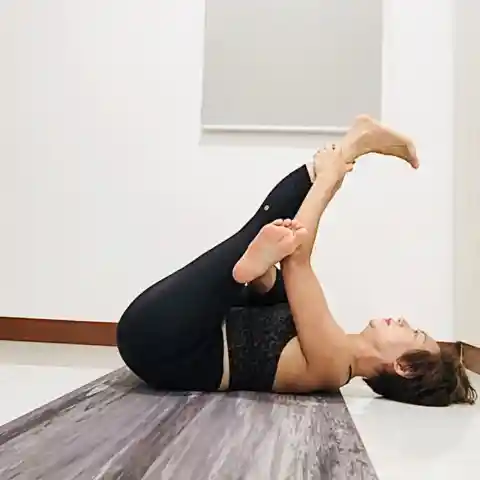
Seated Twist
Execute the seated twist pose by sitting on the floor or grabbing a tool to sit. The feet should be placed in a flat position on the floor. Cross the legs by putting the right one over the left, and wrap the left arm around the raised knee, or you can brace the left elbow outside it. Inhale and go tall by stretching the crown of your head in the direction of the ceiling. When you exhale, twist – by using the abdominal muscles and the waist more than the arm – towards the right side. Stay in this position for a minimum time duration of 10 seconds. Repeat the process on the opposite side. Perform at least three sets of these specific twists many times in a day.


Pelvic Tilt and Bridge
The pelvic tilt and bridge relieve sciatica concerns while stretching the back, glute muscles, and thigh. Engage the abs, from the back, with the knees in a bent position and the feet placed flat on the floor while keeping the hands on the ground beside the seat. There will be a little motion when the pelvis curves towards the belly button. As you hold this position (tailbone tucked), press into the feet and raise the pelvis towards the ceiling. Your back should be kept straight, and the hands must be used only to maintain balance. Stay in this elevated position for about 5-10 seconds and then, gradually lower towards the ground. Repeat this 8 to 12 times keeping the abdominals engaged the whole time. As you release, roll down very slowly from the upper vertebrae to the lower ones.
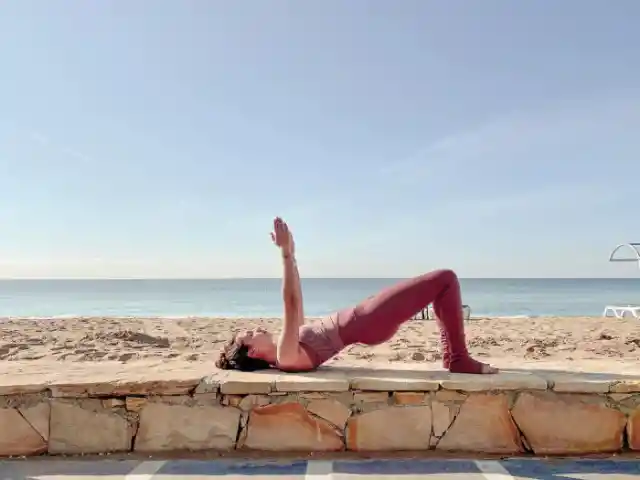
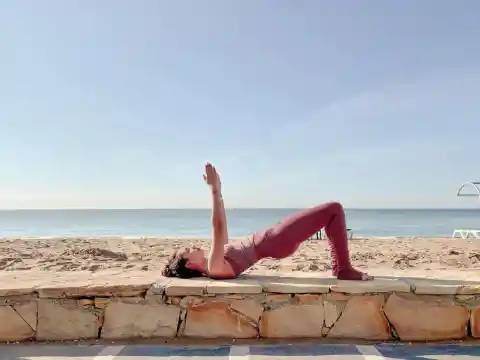
Straight Leg Raise
The straight leg raise is mostly used to diagnose sciatica but it is considered a useful exercise too. Lie on the floor with one leg bent and the foot flat on the ground, the other one straight. Engage the abdominal muscles and gradually elevate the straight leg towards the ceiling, with the knee positioned straight. With a slow movement, lower and repeat many times before switching the leg. Let the shoulders relax while you do this, and don’t try to reach or strain for the elevated leg.
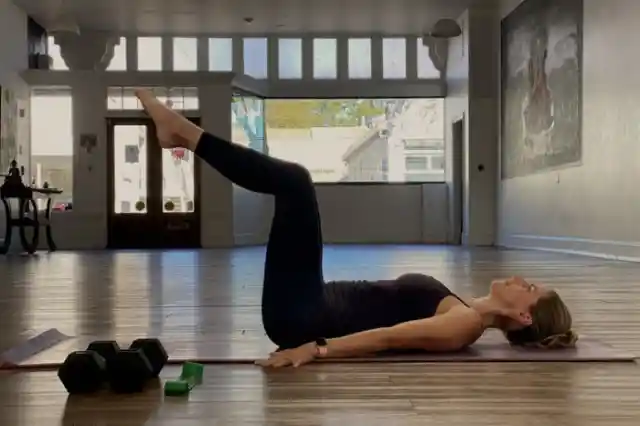
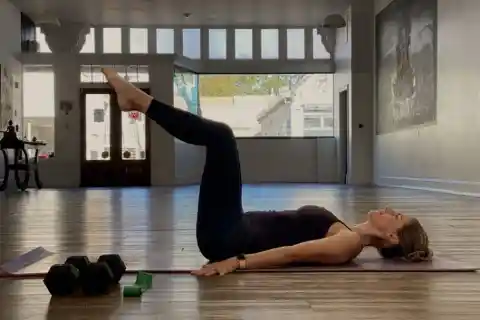
Back Flexion
Back Flexion or knees-to-chest pose stretches and alleviates the pain of various owe back problems, including sciatica. Lie down on the ground surface with knees in a bent position and feet flat. Elevate the knees towards the chest and hold them (or behind the knees on the thighs), pulling them carefully towards the chest. Concentrate on keeping the lower and narrower part of the back flattened against the ground. Hold this position while counting to 10, then gradually lower the legs to the beginning position. Repeat this 10 times, and do this whole stretch many times in a day.

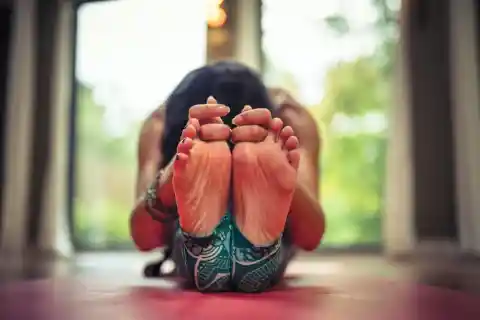
Abdominal Curl-Ups
As you are positioned on the floor, put your hands under the lower back. Both legs should be bent, with feet flat on the floor. Engage the abdominals while bringing the belly button towards the floor. Lift the head and shoulders. Stay in this position for three seconds, and with slow movements, shift to the starting position. Do not attempt at a complete sit-up, as it can put additional stress on your back. Focus on good form. The range of motion while doing this exercise is small. Do 8 to 12 reps, and work a maximum of three sets.
